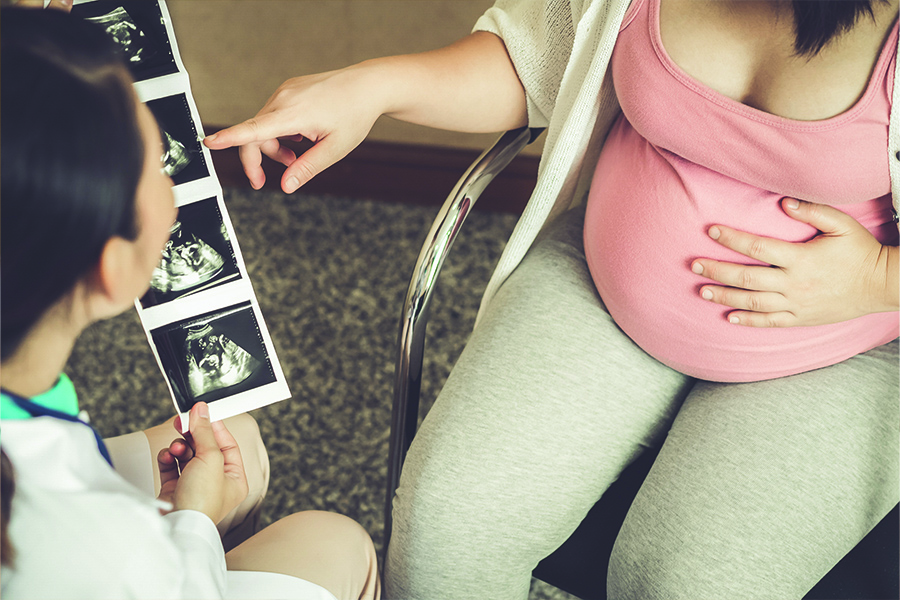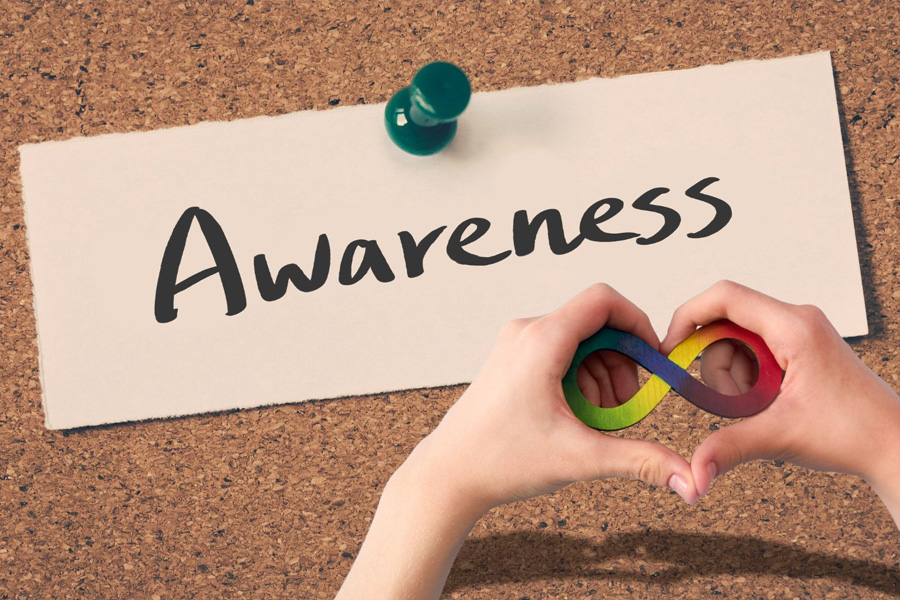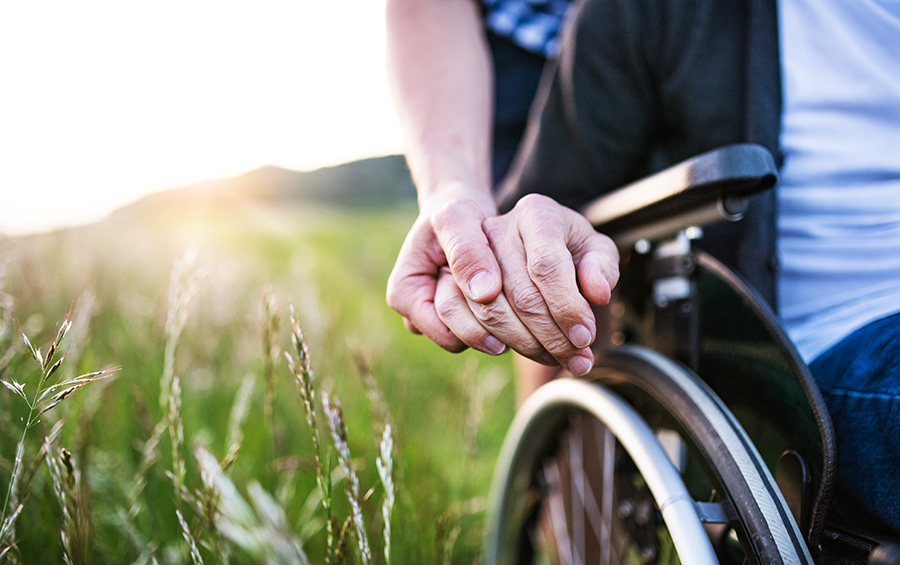Every four and a half minutes, a baby in the United States is born with a birth defect*. That is 1 in every 33 births, which translates to around 120,000 babies per year. Advancements in medicine and surgery have led to better survival rates, and thankfully more children born with birth defects grow up to lead full lives.
Each January, we celebrate National Birth Defects Awareness Month, in hopes of raising awareness of the types of birth defects, potential causes, and tips for prevention.
What are Birth Defects?
Birth defects are a physical or biochemical abnormality that is present at birth. It can affect almost any part of the body. They may affect how the body looks, works, or both. Birth defects can vary from mild to severe, so the well-being of a child affected by a birth defect depends mostly on which organ or body part has abnormalities and how much it is affected.
Even though birth defects will be present at birth, they may not be diagnosed initially. Most birth defects are found within the first year of life. This is because some birth defects are easy to see (such as cleft lip), but others are only found using special tests, such as echocardiograms (an ultrasound picture of the heart), x-rays, or hearing tests.
Causes of Birth Defects
Most birth defects occur in the first 3 months of pregnancy when the organs of the baby are forming, but they can occur during any stage of pregnancy.
For some birth defects, the cause is known, such as fetal alcohol syndrome. However, for most birth defects, the causes are unknown. For most birth defects, it is believed they are caused by a complex mix of factors. Some of these factors include genes (information inherited from our parents), behaviors, and things in the environment.
Some known factors that increase the chances of having a baby with a birth defect are:
- Smoking, consuming alcohol, or taking certain drugs
- Certain medical conditions, such as being obese or having uncontrolled diabetes (before and during pregnancy)
- Taking certain medications
- Having a family member with a birth defect
- Having certain infections during pregnancy (such as the Zika virus)
- Experiencing fever greater than 101oF
- Having certain vitamin imbalances or deficiencies
This list does not guarantee a birth defect will occur, and women can have a baby born with a birth defect even when they don’t have any of these risks. It is important to talk to your doctor about what you can do to lower your risk.
Prevention of Birth Defects
Most birth defects can’t be prevented, however, there are things that you can do before and during pregnancy to increase the chance of having a healthy baby:
- Be sure to see your healthcare provider regularly and start prenatal care as soon as you think you might be pregnant
- Get 400 micrograms (mcg) of folic acid every day, starting at least one month before getting pregnant
- Do not drink alcohol, smoke, or take any drugs while pregnant
- Talk to a healthcare provider about any medications you are taking or thinking about taking (do not stop taking prescribed medications without instruction from your healthcare provider)
- Treat fevers higher than 101oF, avoid hot tubs, saunas, or other environments that might cause overheating
- If possible, keep medical conditions under control, such as diabetes, before becoming pregnant
Types of Birth Defects
Below is a list of the most common birth defects in the United States**:
Brain/Spine Defects
| Specific Defects | Frequency |
| Anencephaly | 1 in every 4,647 births |
| Encephalocele | 1 in every 10,502 births |
| Spina bifida | 1 in every 2,758 births |
Eye Defects
| Specific Defects | Frequency |
| Anopthalmia/micropthalmia | 1 in every 5,243 births |
Heart Defects
| Specific Defects | Frequency |
| Atrioventricular septal defect | 1 in every 1,859 births |
| Coarctation of the aorta | 1 in every 1,795 births |
| Common truncus (truncus arteriosus) | 1 in every 15,696 births |
| Double outlet right ventricle | 1 in every 5,997 births |
| Ebstein anomaly | 1 in every 13,047 births |
| Hypoplastic left heart syndrome | 1 in every 3,841 births |
| Interrupted aortic arch | 1 in every 16,066 births |
| Pulmonary valve atresia and stenosis | 1 in every 1,052 births |
| Pulmonary valve atresia | 1 in every 7,104 births |
| Single ventricle | 1 in every 13,351 births |
| Tetralogy of Fallot | 1 in every 2,171 births |
| Total anomalous pulmonary venous connection | 1 in every 7,809 births |
| Transposition of the great arteries | 1 in every 2,695 births |
| Dextro‐transposition of great arteries | 1 in every 3,413 births |
| Tricuspid valve atresia and stenosis | 1 in every 5,938 births |
| Tricuspid valve atresia | 1 in every 9,751 births |
Mouth/Face Defects
| Specific Defects | Frequency |
| Cleft lip with cleft palate | 1 in every 1,563 births |
| Cleft lip without cleft palate | 1 in every 2,807 births |
| Cleft palate | 1 in every 1,687 births |
Stomach/Intestine Defects
| Specific Defects | Frequency |
| Esophageal atresia/tracheoesophageal fistula | 1 in every 4,144 births |
| Rectal and large intestinal atresia/stenosis | 1 in every 2,242 births |
Muscle/Bone Defects
| Specific Defects | Frequency |
| Clubfoot | 1 in every 593 births |
| Diaphragmatic hernia | 1 in every 3,591 births |
| Gastroschisis | 1 in every 1,953 births |
| Limb defects | 1 in every 1,943 births |
| Omphalocele | 1 in every 4,175 births |
Chromosome (Gene) Abnormalities
| Specific Defects | Frequency |
| Trisomy 13 (Patau syndrome) | 1 in every 7,409 births |
| Trisomy 18 (Edwards syndrome) | 1 in every 3,315 births |
| Trisomy 21 (Down syndrome) | 1 in every 707 births |
Babies who have birth defects often need special care and interventions to survive and thrive developmentally. Early intervention is vital to improving outcomes for these babies. If your child has a birth defect, you should ask his or her doctor about local resources and treatment. You can also visit our GROW community for robust resources, tools, and support.
*Data from the Centers for Disease Control and Prevention
** Mai CT, Isenburg JL, Canfield MA, Meyer RE, Correa A, Alverson CJ, Lupo PJ, Riehle‐Colarusso T, Cho SJ, Aggarwal D, Kirby RS. National population‐based estimates for major birth defects, 2010–2014. Birth Defects Research. 2019; 111(18): 1420-1435. [Read article]















También mucho tiene que ver quien lo atiende porque muchas veces ponen a practicantes y no le dan la debida atención al recién nacido no están preparados suficientemente y están todas nerviosos y no les dan el oxígeno necesario en el debido momento y eso es otro problema más del que ya trae el bebé